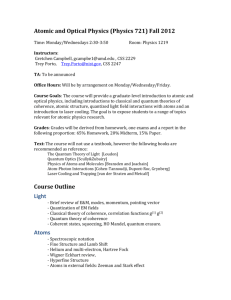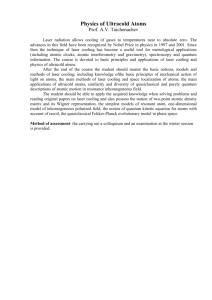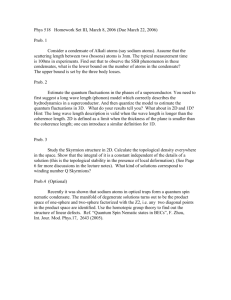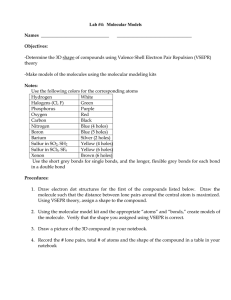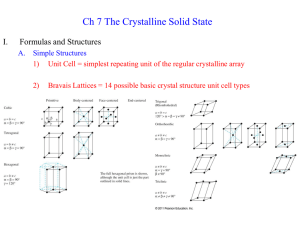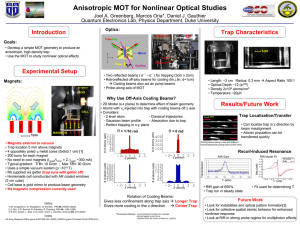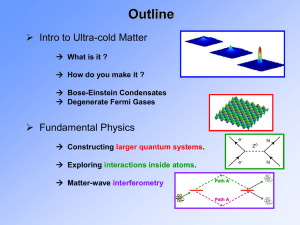Cooling by Flow Through Narrow Pores
advertisement
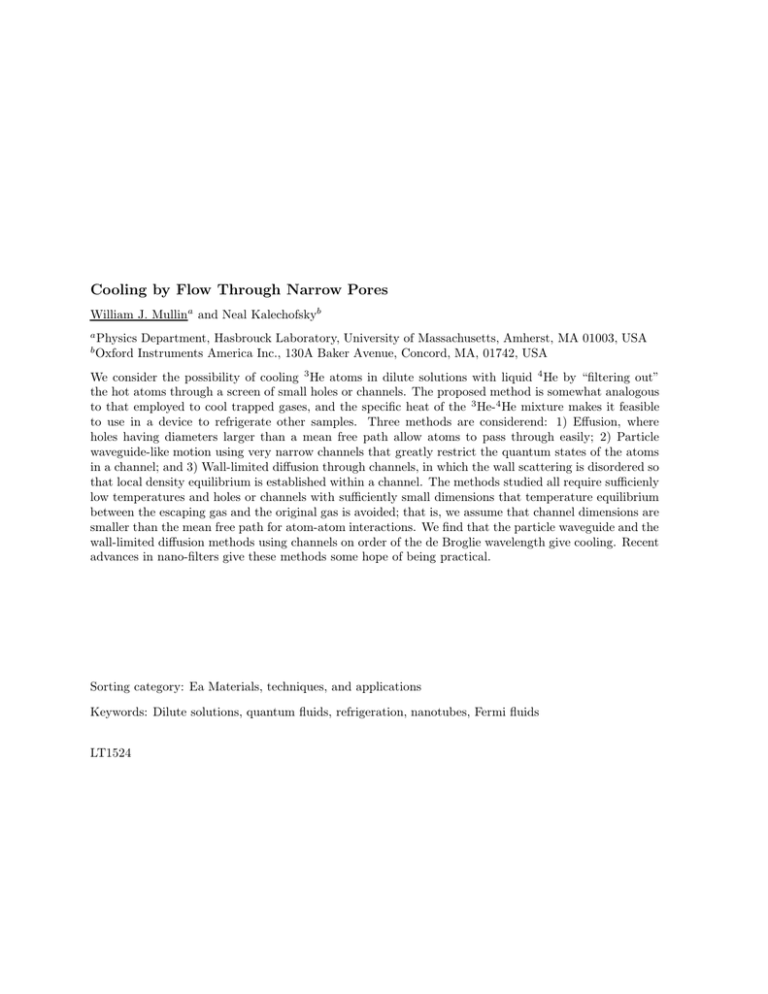
Cooling by Flow Through Narrow Pores William J. Mullina and Neal Kalechofskyb a b Physics Department, Hasbrouck Laboratory, University of Massachusetts, Amherst, MA 01003, USA Oxford Instruments America Inc., 130A Baker Avenue, Concord, MA, 01742, USA We consider the possibility of cooling 3 He atoms in dilute solutions with liquid 4 He by “filtering out” the hot atoms through a screen of small holes or channels. The proposed method is somewhat analogous to that employed to cool trapped gases, and the specific heat of the 3 He-4 He mixture makes it feasible to use in a device to refrigerate other samples. Three methods are considerend: 1) Effusion, where holes having diameters larger than a mean free path allow atoms to pass through easily; 2) Particle waveguide-like motion using very narrow channels that greatly restrict the quantum states of the atoms in a channel; and 3) Wall-limited diffusion through channels, in which the wall scattering is disordered so that local density equilibrium is established within a channel. The methods studied all require sufficienly low temperatures and holes or channels with sufficiently small dimensions that temperature equilibrium between the escaping gas and the original gas is avoided; that is, we assume that channel dimensions are smaller than the mean free path for atom-atom interactions. We find that the particle waveguide and the wall-limited diffusion methods using channels on order of the de Broglie wavelength give cooling. Recent advances in nano-filters give these methods some hope of being practical. Sorting category: Ea Materials, techniques, and applications Keywords: Dilute solutions, quantum fluids, refrigeration, nanotubes, Fermi fluids LT1524


